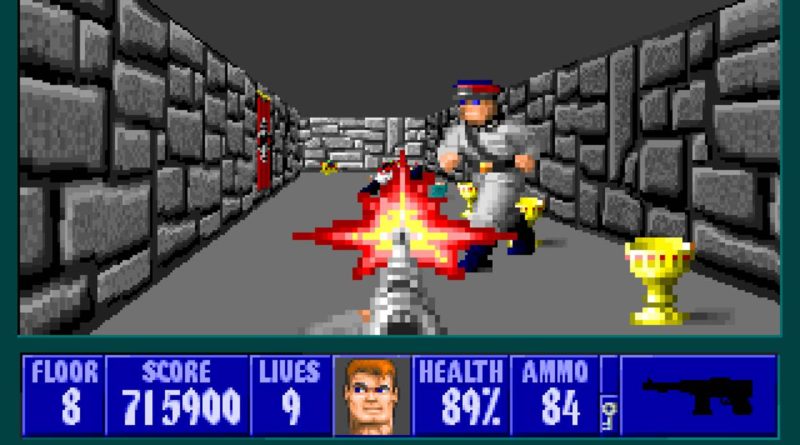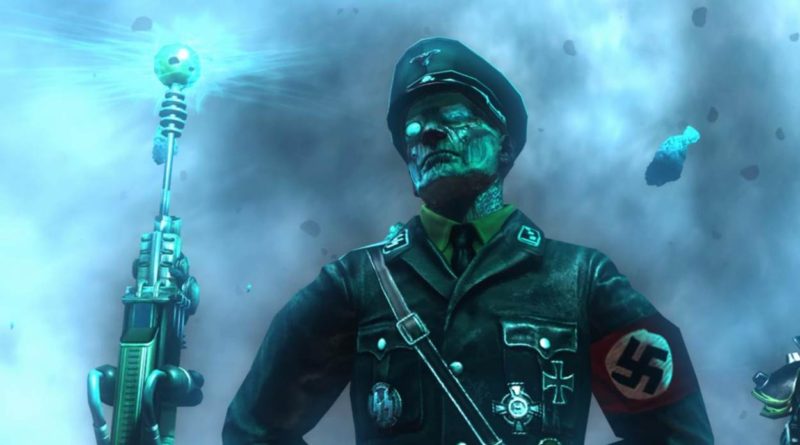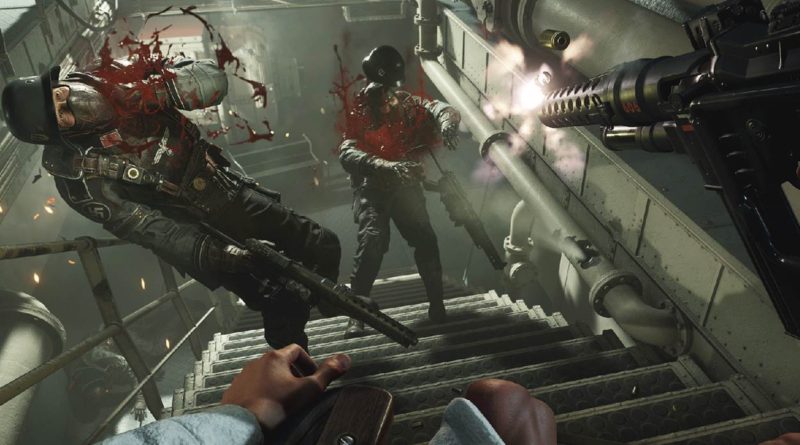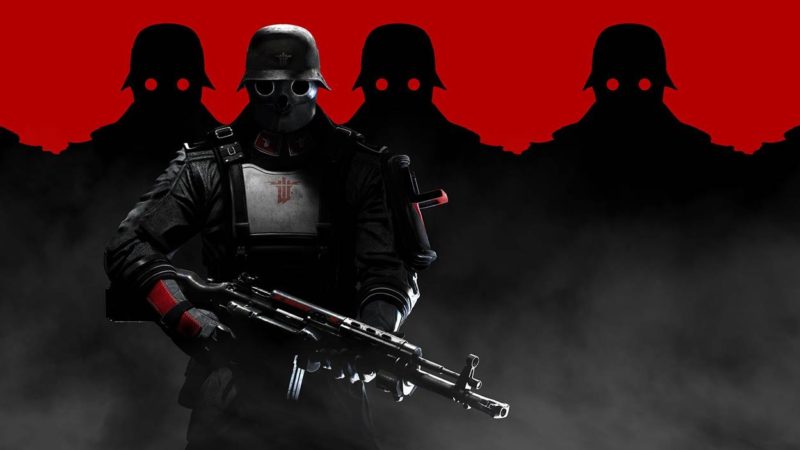One of this October’s most anticipated game releases is the upcoming sequel to 2014’ss Wolfenstein: The New Order, called Wolfenstein II: The New Colossus. Judging by the trailers and the gameplay videos that have been published online, it will once again be an amazing story told from William John “B. J.” Blazkowitz’s point of view, as he attempts (and no doubt succeeds) to save the free world from the oppression of the Nazi regime. What many don’t know about the Wolfenstein franchise is that it’s older than it seems – it is one of the longest-running video game series ever. It has been revived not once, not twice but three times over the years, each time adding more layers to the story and more details about the regime our hero fights against, and its paranormal endeavors.
Let’s take a trip down memory lane and look at the “career” of the Wolfenstein franchise.
The Humble Beginnings

Older gamers might be familiar with the “original” Wolfenstein 3D, id Software’s legendary shooter. Wolfenstein 3D was designed by Tom Hall and video game legend John Romero and programmed by the same John Romero and legendary programmer John Carmack. The game was released on May 5th, 1992, and was an instant success – Wolfenstein 3D, and its sequel “Spear of Destiny”, sold over 100,000 units each by the end of 1993.
Wolfenstein 3D was inspired by a stealth-based action-adventure shooter called “Castle Wolfenstein”, released in 1981 for MS-DOS, Atari, and Apple II. The game had visuals and gameplay that’s easily outdone by even the oldest slot machine at 7sultanscasino.com online casino, but it was well received by critics and audiences alike. It, too, had a sequel which, unfortunately, ruined its reputation due to its repetitive and boring gameplay and banished the game into oblivion for years.
Advanced Graphics

After an attempted (but failed) sequel called “Rise of the Triad”, things stayed silent for a while around Castle Wolfenstein. Then, a decade after B. J.’s first encounter with the mechanizes Nazis, Activision released the first revival of the Wolfenstein series. Built on the id Tech 3 engine (the one id Software used for Quake 3 Arena) it wasn’t created by ID but it was overseen by Wolfenstein 3D’s creators. This game has pit B. J. against his long-term nemesis Oberführer (Senior Colonel) Wilhelm “Deathshead” Strasse and the hordes of living dead creatures created by the Nazi scientists while tampering with the forces from beyond.
The PC and Xbox version of the game was well-received by both critics and players – the PS2 version, in turn, was not as popular.
A New Life
After an RPG version of the game (which was only available on mobile), a new Wolfenstein FPS was released, this time simply called “Wolfenstein”, suggesting a reboot. This time, quantum physics and the supernatural have merged, leading to OSA agent William “B. J.” Blazkowitz being sent to the fictional town of Isenstadt. Here, the Nazis were excavating “Nachtsonne” crystals, holders of mysterious energies necessary for them to unveil the secrets of – and a pathway to – the Black Sun dimension.
The game was built on the id Tech 4 engine and received solid reviews on most platforms – but it wasn’t the best game in the series.
The New Blood

Finally, in 2014, Wolfenstein was revived once more. This game was not exactly a reboot since it built a completely new story for our favorite American hero, B. J. Blazkowitz – but in a timeline after the events of the previous game.
After the destruction of the Black Sun portal, the Nazis still developed advanced technologies, allowing them to turn the tables on the Allies. B. J. is sent to assassinate his nemesis, General Wilhelm “Deathshead” Strasse (he has been obviously promoted since 2001). The attempt fails, with B. J. ending up in a vegetative state for more than a decade. When he awakens in a Polish asylum in 1960, in a world dominated by the Nazis, he quickly joins the resistance fighting to end the Nazis grip on the globe.
And his adventures continue stateside this October, in Wolfenstein II: The New Colossus.




